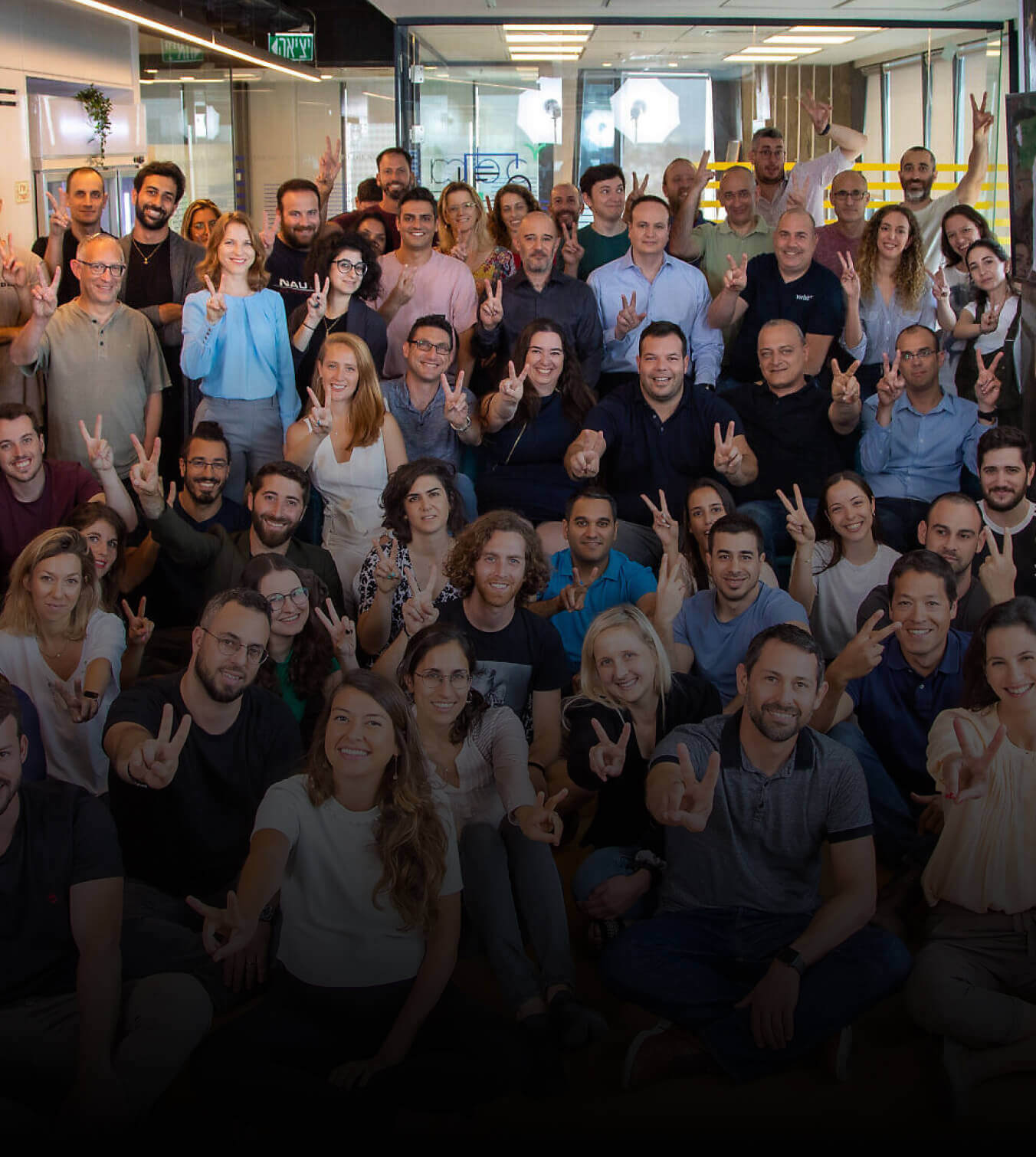We are increasingly surrounded by the Internet. At home, at work, on a bus or train trips. Only with carrying the smartphone we are already linked 24 hours to the Internet. And in the sports industry, it was not going to be less.
The sports industry will reach 73.5 billion dollars this year in the United States alone, and part of its profitability comes from intellectual property in its various forms, such as brands, sponsorships and broadcasting rights.

However, sports businesses expand to new frontiers and records with the intensive application of information and communication technologies (ICT).
The registration of sports patents developed under Internet of Things (IoT) technology has yielded interesting results, with over 37% of “sports” patents reflecting the booming eSports industry, highlighting the growing intersection between sports & gaming.
These new businesses are headed by the United States and China. In Europe, the ranking is led by Germany, the United Kingdom, France, Italy, and Spain.
The relationship between patents and sports is increasingly close: from registered trademarks, a key driver for the development of sponsorships in the sports field, to broadcasting rights in competitions and meetings.
Analysis has always been a fundamental part of the world of sports. Years ago, for example, the training videos were viewed to carefully study the athlete’s performance, although in this case there was a great limitation: this study was always carried out from a retrospective point of view.
However, technology today allows us to know what is happening in real-time, and even make predictions.
Currently, most professional athletes have some type of device, be it a smartwatch, a sensor built into their clothing or a specific tool to know their performance. Precisely, the power of the ‘Internet of Things’ lies in that it offers accurate and real-time data, which measure factors such as speed, distance, movements or acceleration.
All these data are analyzed by trainers and physical trainers, who use them to plan the athlete’s progress and change tactics that are not being effective.
In the Tour de France, the GPS incorporated in the wheels of the cyclists accurately measure their position in the race, on the road and how close they are to the rest of the competitors. On the other hand, in swimming the swimsuits are equipped with accelerometers and gyros that allow measuring the time, the speed and the acceleration of the swimmers.
Besides, the use of microsensors helps to perform a 3D analysis of the movements of the swimmer, with information on the actual displacement of water with each stroke.
Our clients of the sports industry are increasingly aware of the competitive advantage that these technologies provide and that is why they protect them.
These inventions include technologies related to footwear and sports equipment, machinery and, of course, video games, which represent more than 37% of the families of collected patents.
Revolutionary changes
In addition to the economic weight and growth of these sectors in recent years, sports inventions in the field of IoT have given rise to some of the most revolutionary patents of the last decade.
The following are examples of how technology has transformed the way of sports, solved old problems and, above all, allows us to analyze results exhaustively. In the case of football, “ghost goals” are no longer the problem that was partly thanks to certain patented inventions.
The use of the “hawk eye” or very high-resolution cameras in tennis, also used in other sports, allows exhaustive monitoring of the ball’s path on its way to the goal.
This is the popular VAR today, a patented solution that FIFA decided to implement at the beginning of this decade, and which landed at the World Cup for the first time in Russia 2018.
It is not the only one that helps in this regard: there are technologies such as Goalref, which, using magnetic sensors distributed throughout the arc, can determine the exact position of the ball.
Others, such as the Cairo GLT system, use a magnetic field to identify its situation, also monitored individually.
In the case of American football, the National Football League (NFL) uses systems to receive and process thousands of data and statistics in real-time from players and their performance through RFID technology. All this to avoid certain debates and know exactly what happens on the field of play.
How can performance be improved when various external and internal agents influence it? The “wearable” (wearable), so popular today in the field of sport, are already able to detect what aspects ski professionals should improve depending on the environment, weather conditions and other internal and external factors.
An example of this is Snowcookie’s The System, a device capable of accurately detecting the changes that the professional must apply to improve their performance by analyzing carving, technique and body position.
For this, it has three smart sensors: one central, which the athlete carries, and two more located under each of the skis. The information obtained is turned into an application that allows you to review the descents in 3D and analyze the areas and terrains on which you are most competitive, as well as the weaknesses on which the athlete should work.
In cycling, inadequate tire pressure on a bicycle affects the rider’s performance, but also his safety. Therefore, the company Sothis proposes special sensors for measuring wheel pressure in real-time. Its high precision and constant sampling frequency guarantee data reliability, improving performance and minimizing the risk of an accident.
The information is also received through an application, in which you can customize and adjust the pressure range in which you want to circulate depending on the environment.
In swimming, many brands are committed to inserting sensors in their tissues to regulate humidity, temperature, the health of the athlete and the effort he makes, trying to improve his technique and protect his health. An example of this are the bracelets that allow you to track the results obtained in competition, such as the Gear Fit2Pro.
Also in 2018, Apple (the largest applicant for patents that link IoT and sport worldwide), registered a results-oriented system for swimming. Apple Watch is one of the most popular “wearables” on the market, and its activity analysis systems apply to different sports activities.
Rugby teams have been locating devices on players’ shirts for some years, allowing them to measure distance, speed, and intensity. Ireland and England’s teams use a technology provided by StatSports to obtain this type of information.
Also, devices for physical monitoring that measure heart rate, respiratory rate, body temperature and even provide data on collisions between players are used in rugby. The Catapult Sports Company has developed a scientifically proven system called minimax which, employing gyroscopic and magnetic pressure sensors, allows us to know the angle at which the crash occurred, the speed, direction and impact force.
It also gives the possibility of creating smart enclosures that will help fans connect in a fun way with the sport they love, obtaining almost real-time information about the location of the nearest food establishments or when buying a souvenir without having to do Long lines. Also, with intelligent lighting solutions based on IoT for example, it will be possible to optimize energy use according to the needs of the stadium.
Another benefit of IoT in sports will be in the way of transporting it to improve traffic congestion and parking problems in stadiums, through parking management systems to reserve places in advance and digital payment options; and in terms of safety, drones can be used to show paramedics what is happening in an accident inside the stadium before arriving at the site to accelerate the time of attention and response.
What brands bet on IoT in sports?
In addition to the biggest and best-known sports brands that are already betting on IoT in sports, many others have made great strides. Today we, at Zazz, the best IoT app development company, take the stage to introduce three:
3D Digital Venue
In short, it consists in the representation of football stadiums in 3D so that anyone can know in advance what their seat will be, how their views will be or where the accesses are located, for example. So far it has worked with some of the largest such as the Wembley.
Vicis
This idea seemed amazing to me, it arose as a result of the concern about the blows to the head suffered by those who practice this type of sports. It is a company that manufactures football helmets. It has been baptized as Zero1 and uses car technology. Thus they manage to reduce the impacts and as a result, avoid brain injuries.
Thermohuman
The non-invasive scientific process known as thermography utilizes infrared radiation to create a graphical depiction of the heat patterns emitted by the human body. Taking advantage of this technology, the Thermohuman Corporation has developed an innovative solution to prevent sports-related injuries. The company’s agile approach uses thermography to identify potential areas of weakness in an athlete’s body & allows for targeted preventive measures. This unique & effective methodology is transforming the way we approach sports medicine.
In other words, it allows identifying possible injuries or overloads, for those cases in which athletes do not tell the whole truth. The Spanish basketball team is already using it.
Information management reduces injuries by 50%
The data collected is also used to optimize training and performance, not only in fixed places but also in the natural environment of the athlete. With the use of technology, coaches can customize each athlete’s workouts to be as efficient as possible.
Most professional athletes wear monitors that feed on data such as heart rate, pulse or calories burned in real-time. This analysis of their physical state allows them to ‘connect’ even more with their bodies, increasing their competitiveness thanks to the extra motivation provided by these data.
All this information also helps prevent injuries. The Norwegian FC Rosenberg BK football team has managed to reduce the injuries of its players by 50% since they invested in an information management system. Another similar case is that of AC Milan and its MilanLab scientific research center, which uses the analysis of the data obtained to improve the “well-being and health” of its players. In this way, smart devices have become a ‘safety net’ for athletes and their physical trainers.
What is the future for those who are not professional athletes?
Much of this technology is developed for professionals, but everything ends upcoming for those who do sports more as a hobby. Just look at the materials of the clothing or accessories of elite athletes. Products that have just arrived at the sports store in our neighborhood, although in a lighter version. Well, the same happens with IoT. Many of the technologies that we can find today in our smartphone, may not be developed initially for our mobile.
Although indeed, the idea of the use of IoT in sport is not new, we are reaching a higher level thanks to the richness of the data that is now obtained, the speed with which it is generated and the different uses we give them. It is clear that the top positions of the podium are not determined through data and technology, but they do help improve the skill and agility of athletes and their coaches.
In a world, as competitive as that of sport, in which small details make a big difference, wearables, monitoring systems, and data analysis tools offer precisely that extra competitive advantage that can often mean victory.
Recent Articles
Zazz.io Recognized as a Top Mobile...
When it comes to mobile app development and digital transformation...
Impact Of Google Bard on Mobile...
Artificial Intelligence has caused an irreplaceable disruption in almost every...
Cost of Building a Real Estate...
100 million+ homes listed in some of the most preferred...










